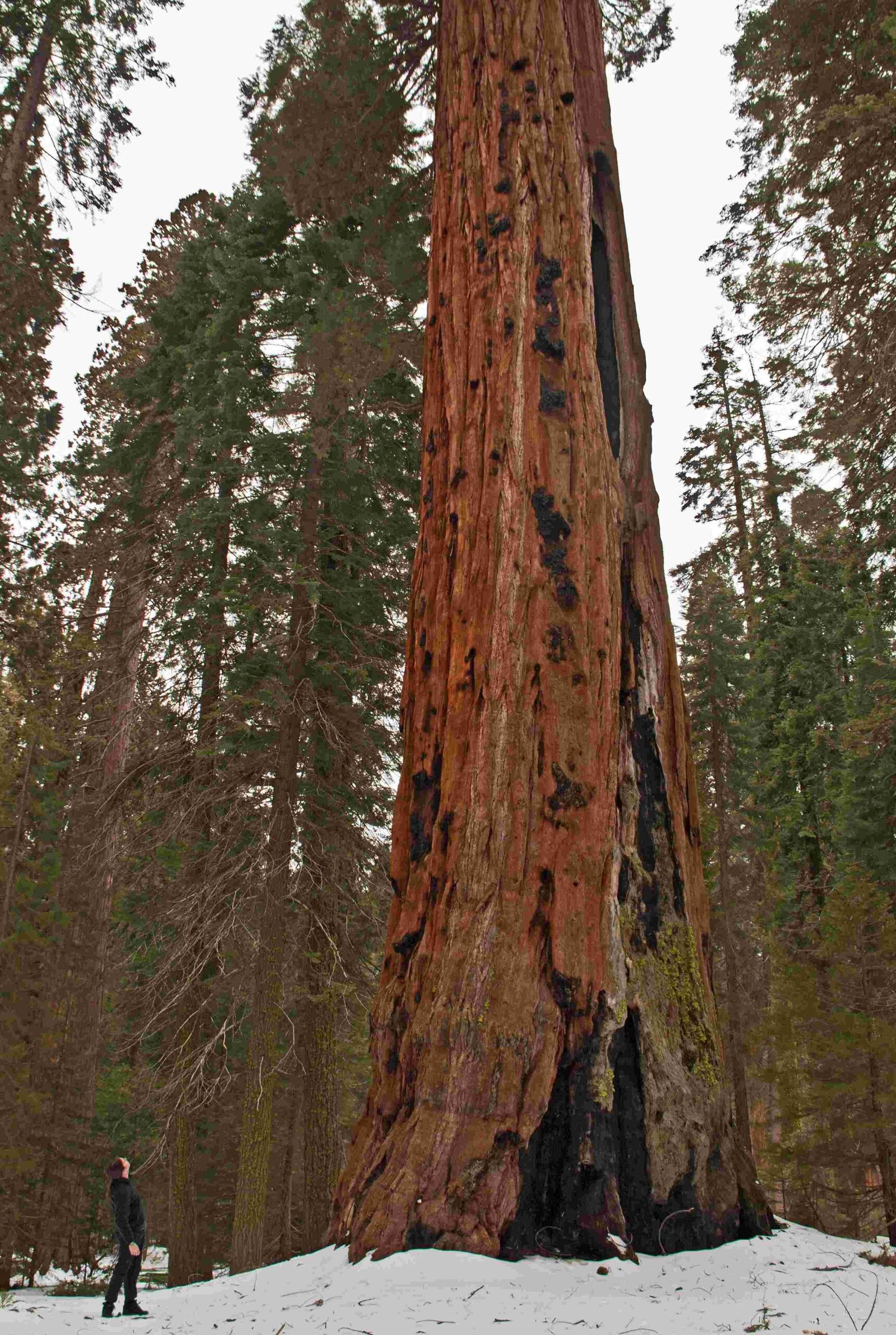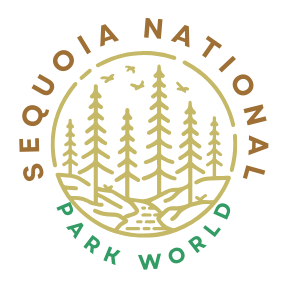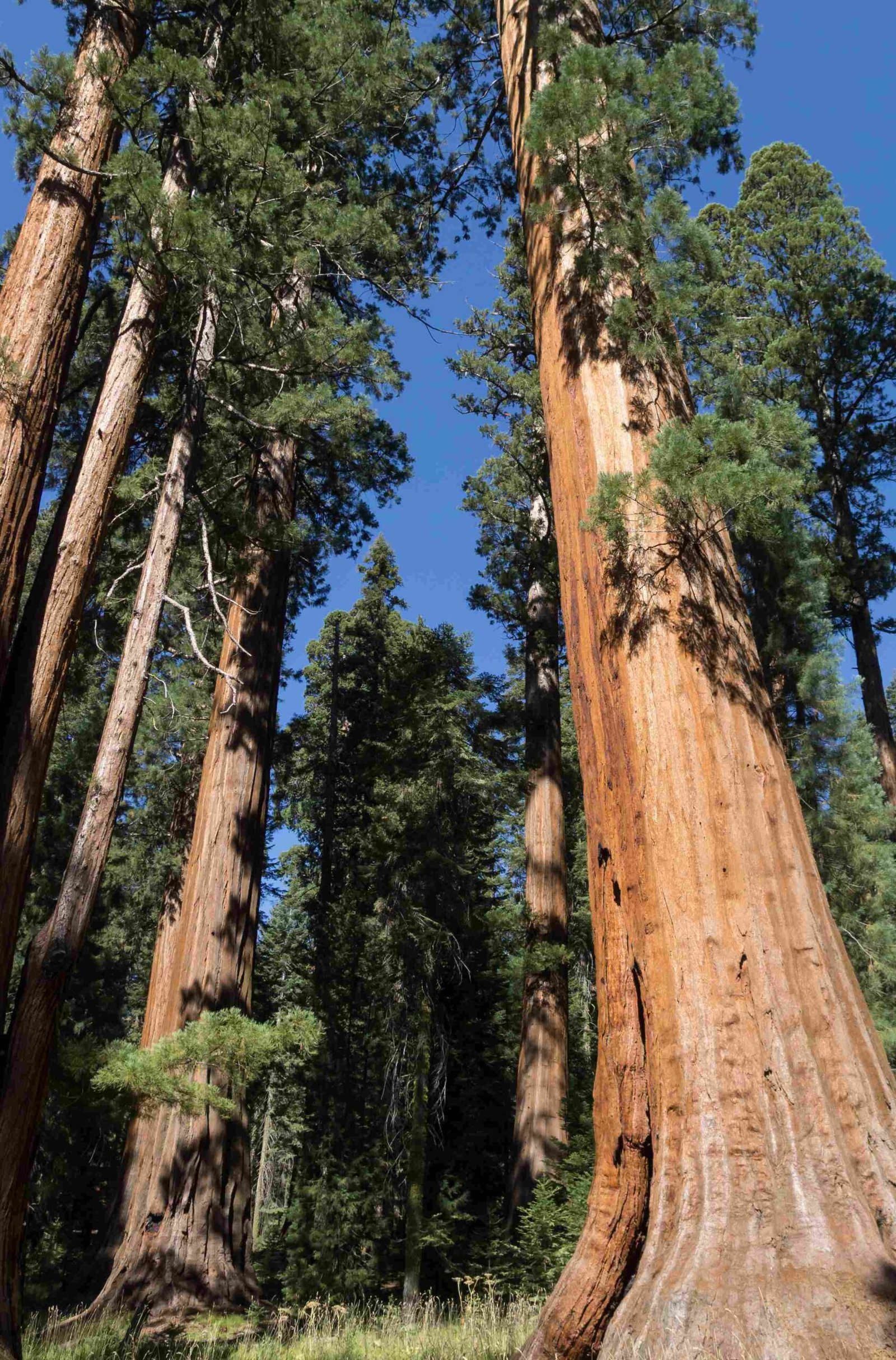Converse Basin Grove, located in the Giant Sequoia National Monument, is a testament to both the majesty of giant sequoias and the devastating impact of human intervention. Once home to thousands of ancient sequoias, the grove suffered extensive logging in the late 19th and early 20th centuries. Today, it stands as a poignant reminder of conservation’s importance, featuring remnants of its former glory, including the Boole Tree and the Chicago Stump, while also showcasing nature’s resilience through ongoing restoration efforts.
What Makes Converse Basin Grove Unique?

Converse Basin Grove is distinguished by its tragic history and the remaining giant sequoias that survived the logging era. The grove is home to several notable features:
- The Boole Tree: The sixth largest giant sequoia in the world
- The Chicago Stump: Remains of the General Noble Tree
- The Muir Snag: A standing dead tree over 3,200 years old
These landmarks serve as silent witnesses to the grove’s past and present, offering visitors a glimpse into the complex relationship between human activity and natural preservation.
What is the Historical Significance of Converse Basin Grove?

The history of Converse Basin Grove is marked by a period of extensive logging that dramatically altered its landscape:
- Between 1892 and 1918, the Sanger Lumber Company cut down approximately 8,000 giant sequoias
- Many of the felled trees were over 2,000 years old
- This logging period is considered one of California’s worst environmental crimes
Timeline of Key Events
| Year | Event |
|---|---|
| 1892 | Logging operations begin in Converse Basin Grove |
| 1893 | General Noble Tree cut down for World’s Columbian Exposition |
| 1918 | Logging operations cease |
| Post-1918 | Conservation efforts and restoration attempts begin |
The grove’s history serves as a cautionary tale about the importance of forest conservation and sustainable resource management.
What Species of Trees Can Be Found in Converse Basin Grove?
The primary species found in Converse Basin Grove is the Giant Sequoia (Sequoiadendron giganteum). These magnificent trees are known for their impressive size and longevity:
- Average Height: 50–85 meters (164–279 feet)
- Record Height: Up to 94.9 meters (311 feet)
- Typical Trunk Diameter: 6–8 meters (20–26 feet)
- Notable Exceptions: The Boole Tree has a base girth of over 34 meters (112 feet)
- Age: Some trees in the grove were over 2,000 years old when logged
The giant sequoias of Converse Basin Grove represent some of the largest and oldest living organisms on Earth.
How Can Visitors Explore Converse Basin Grove?
Visitors to Converse Basin Grove can explore the area through various hiking trails and points of interest:
- Chicago Stump Trail:
- Length: 0.5-mile (0.80 km) loop
- Difficulty: Easy
- Features: Winds through a meadow with young sequoias
-
Destination: Leads to the Chicago Stump (remains of the General Noble Tree)
-
Other Exploration Opportunities:
- While specific trail information is limited, the area is generally accessible for hiking and exploration
- Visitors can observe the regrowth of the forest and compare it to the remaining old-growth trees
What Should Visitors Know Before Their Trip?
- Seasonal Conditions: The grove’s location in the Sierra Nevada Mountains means:
- Snowy winters may limit access
- Dry summers increase fire risk
-
Check current conditions before visiting
-
Amenities and Facilities:
- Limited information on specific facilities within the grove
-
Nearby Kings Canyon National Park likely offers more extensive amenities
-
Rules and Regulations:
- Follow general national monument guidelines
- Stay on designated trails
- Do not damage trees or natural features
What Conservation Efforts Are Ongoing in Converse Basin Grove?
Conservation efforts in Converse Basin Grove have faced challenges:
- Post-Logging Restoration:
- Attempts to plant single-species conifer plantations
-
Complications due to fire exclusion practices
-
Fire Management:
- High-intensity wildfires have further degraded the habitat
-
Ongoing efforts to balance fire prevention with ecosystem health
-
Ecosystem Recovery:
- Slow process of natural regeneration
- Monitoring of young sequoia growth and forest composition
These efforts highlight the complex nature of forest restoration and the long-term impacts of human intervention on natural ecosystems.
How Does Converse Basin Grove Compare to Other Sequoia Groves?
Converse Basin Grove stands out among sequoia groves due to its unique history:
- Extent of Logging: More extensively logged than many other groves
- Restoration Challenges: Serves as a case study for large-scale forest restoration
- Educational Value: Offers insights into both forest ecology and conservation history
While other groves may showcase more pristine sequoia forests, Converse Basin Grove provides a crucial perspective on the importance of preservation and the long-term consequences of resource exploitation.
By visiting Converse Basin Grove, travelers can witness firsthand the resilience of nature and the ongoing efforts to restore this once-magnificent forest. The grove serves as both a memorial to lost giants and a living laboratory for forest recovery, offering valuable lessons for future conservation efforts.

